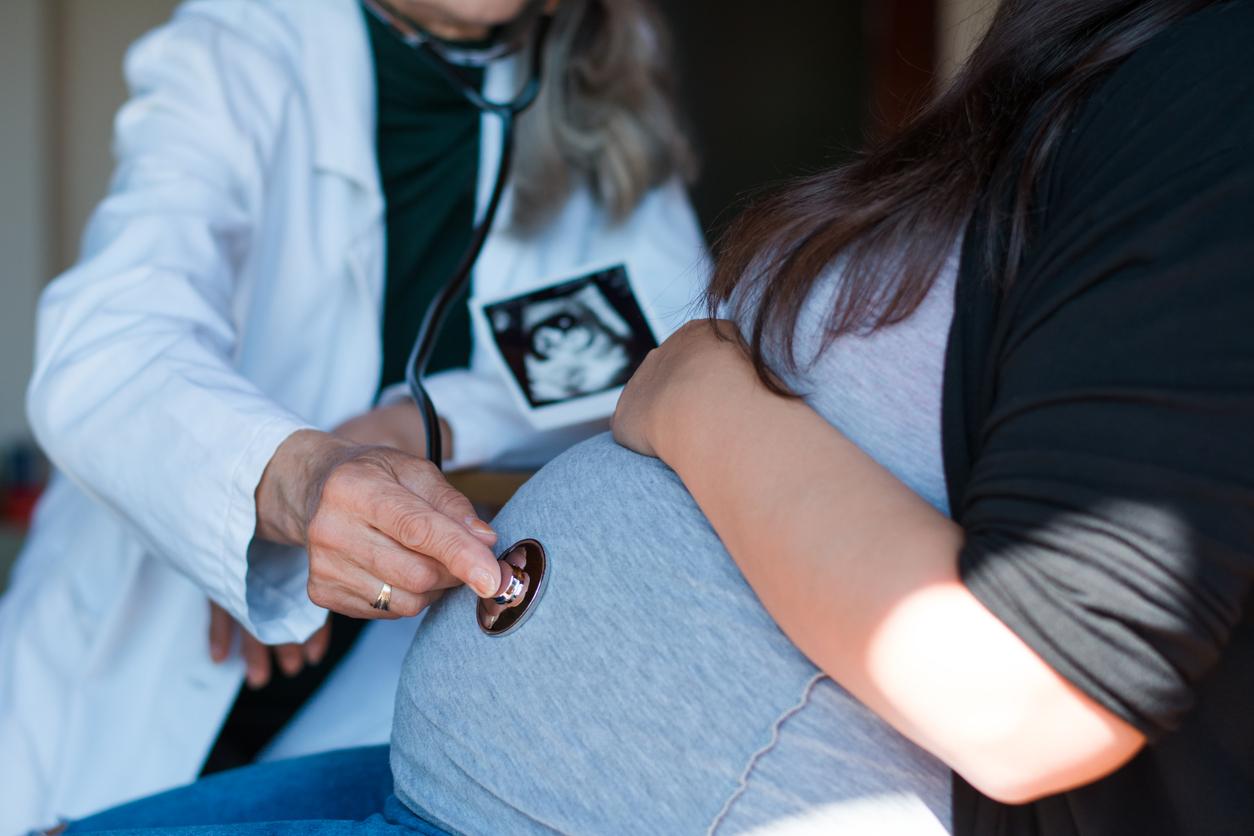The death of Corentin, 11, due to an appendicitis operation, shows that this frequent intervention is not without risks.

An operation for appendicitis, what could be more banal! In the 1980s, more than 300,000 were practiced per year. And yet, this surgical act called appendectomy is not without risks. As proof, Corentin, a young boy of 11, died while undergoing appendicitis surgery, at the Claude-Bernard clinic in Metz (Moselle). The aorta and the liver were reportedly affected.
0.5 deaths per 1000 operations
But, is the case of Corentin exceptional? Not quite, but fortunately, deaths are very rare. According to a Drees report published in February 2014, when appendectomy is performed for non-severe appendicitis, mortality is less than 0.5 per thousand during the stay and it has not changed since 1997. In On the other hand, in the event of abscesses and peritonitis, the risks are much greater since the mortality is 6 times greater for abscesses and 17 times for peritonitis.
In addition, the case of Corentin, 11, is all the more rare as the tragedies mainly concern the elderly. The mortality rate is 0.5 per thousand before age 55, it reaches 2% between 75 and 84 years and is close to 7% for those aged 85 or over. In 2012, 60% of total deaths occurred in patients 75 years of age or older, most often as a result of severe appendicitis or non-appendicular disease.
What complications?
The Haute Autorité de Santé also specified in its 2012 recommendations that “even if appendectomy is a common procedure, it can nevertheless lead to specific complications (peritonitis by stump release, postoperative abscess, etc.) and complications inherent in everything. act of abdominal surgery (phlebitis, pulmonary embolism, hemorrhage, infection at the level of the incision, the urinary catheter, a venous route, occlusion and intra-peritoneal bridle, etc.).
4 times fewer operations in 30 years
As for the frequency of this surgical act, it has continued to decrease. The DREES report of February 2014 specifies that there was a decrease in appendectomies of 8% on average each year between 2000 and 2003. However, it is less rapid after 2003 (-2.8% per year between 2003 and 2012) . La Drees explains that this significant decrease coincides with the period when morphological examinations, ultrasound or CT scan, have become customary in the diagnostic process of acute appendicitis. Concretely, in 30 years, the number of operations has been divided by 4.
The improvement in practices of course makes the death of little Corentin even more incomprehensible. The Lorraine Regional Health Agency (ARS) and the Metz prosecutor’s office have launched an investigation. For his part, the director of the clinic, Cyril Dufourq, promised in a press release that his establishment would do “all transparency on the facts. “
.

















